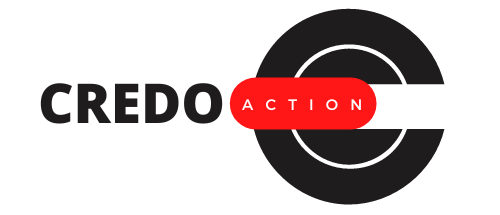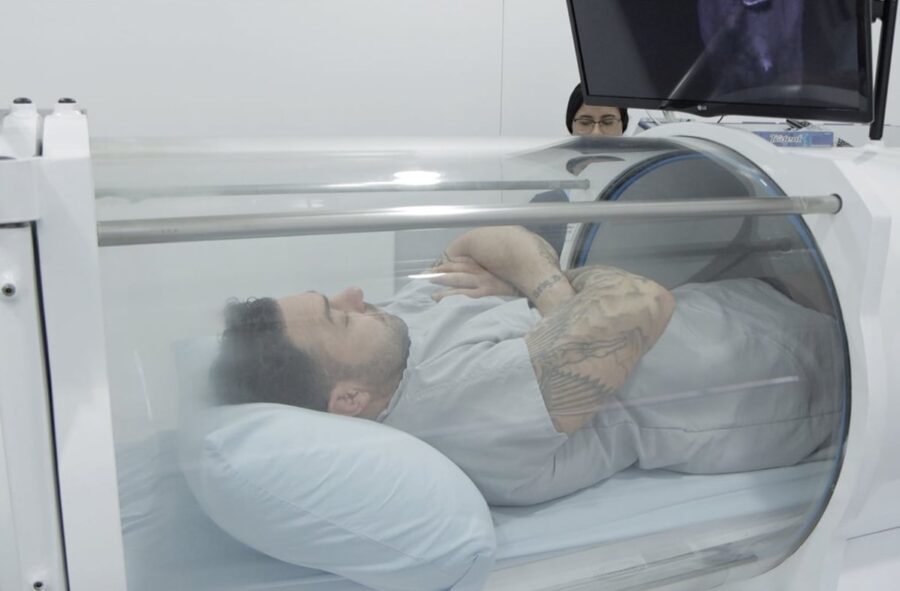In the realm of sports and physical exertion, the importance of recovery techniques cannot be overstated, especially for non-professional athletes who may not have access to a wide array of professional medical and recovery resources. Hyperbaric Oxygen Therapy (HBOT) emerges as a potential solution, traditionally used in medical settings but now gaining attention in the athletic world.
This therapy involves breathing pure oxygen in a pressurized chamber, significantly increasing the oxygen absorption capacity of the blood. This process, deeply rooted in the principles of physics and biology, provides an intriguing avenue for enhancing healing and recovery.
Understanding the Science Behind HBOT
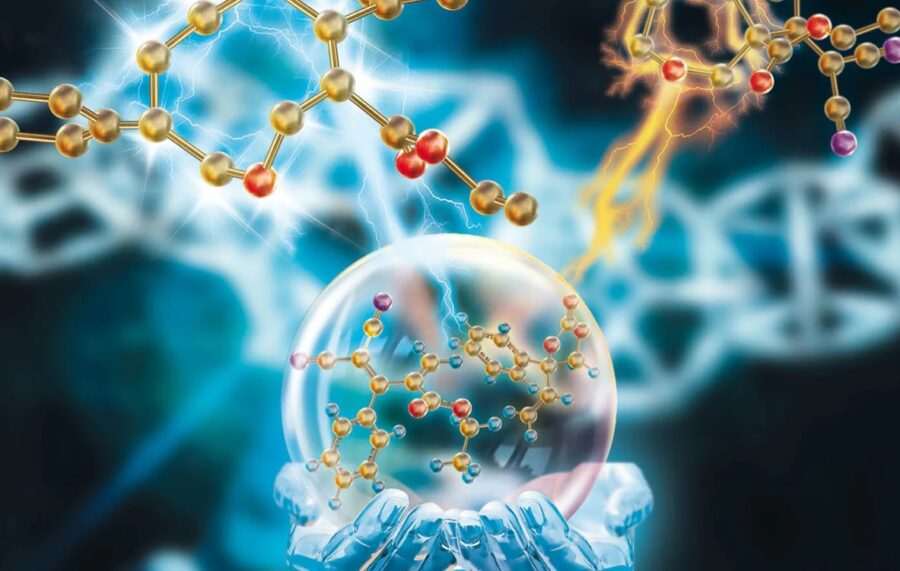
The science behind HBOT is fascinating and hinges on the basic principles of Henry’s Law. According to this law, the solubility of a gas in a liquid is directly proportional to the pressure of the gas above the liquid. In the context of HBOT, this means that under increased atmospheric pressure, more oxygen can dissolve in the blood.
This heightened level of oxygen in the bloodstream can then be delivered to areas of the body that are typically hard to reach, such as tissues with reduced or blocked blood flow.
For athletes, this can mean more efficient healing of injuries and quicker recovery from the physical strain of training and competition. Learn more at oxyhelp.com.
HBOT’s Impact on Athletic Recovery and Performance
When considering the demands placed on an athlete’s body – the rigorous training, the inevitable injuries, and the constant need for swift recovery – the potential benefits of HBOT become particularly compelling.
For non-pro athletes, who might not have the same level of physical conditioning or access to elite recovery modalities as their professional counterparts, HBOT offers a unique advantage.
It’s believed to expedite recovery by reducing inflammation, mitigating muscle fatigue, and promoting the healing of minor injuries at a cellular level. These benefits, however, are not just limited to recovery; there’s potential for enhanced overall performance as well.
The increased oxygen supply can lead to improved endurance and energy levels, both critical elements in athletic performance.
Delving into the HBOT Experience
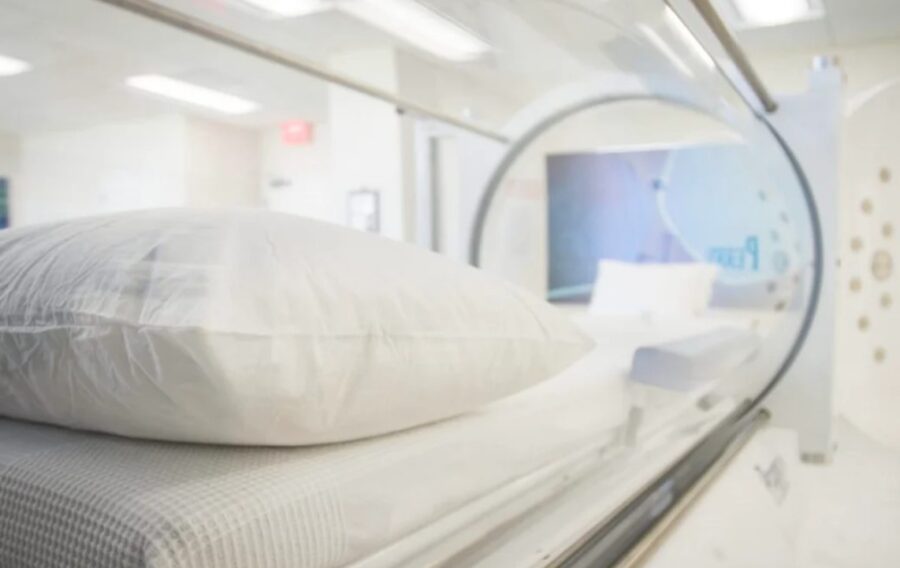
The process of undergoing HBOT is relatively straightforward but requires commitment and understanding. Patients are typically enclosed in a hyperbaric chamber, either alone (monoplace chambers) or with others (multiplace chambers), for durations that can vary but generally range from 60 to 90 minutes.
During this time, the individual breathes in pure oxygen while the pressure in the chamber is gradually increased.
This experience is usually comfortable, allowing patients to relax and even sleep. It’s a non-invasive procedure, making it an attractive option for those wary of more aggressive medical interventions.
Weighing the Benefits Against Potential Risks
Despite its many potential benefits, non-professional athletes must approach HBOT with a clear understanding of both its advantages and its limitations. While HBOT is considered safe, it does carry some risks and side effects, such as ear pressure changes and, in rare cases, oxygen toxicity.
The safety of the procedure increases significantly when conducted under the guidance of trained medical professionals in a controlled environment.
This is particularly important for non-professional athletes who may not have the same level of medical supervision as elite athletes.
HBOT in the Context of Overall Athletic Care
For non-professional athletes considering HBOT, it’s essential to view this therapy as part of a broader spectrum of recovery and health maintenance strategies. While HBOT can offer significant benefits, it’s not a standalone solution.
It should be considered alongside other recovery techniques, such as proper nutrition, hydration, rest, and traditional physical therapy.
The effectiveness of HBOT can be amplified when combined with a holistic approach to health and recovery, tailored to the individual needs and conditions of the athlete.
Navigating the Practicalities: Accessibility and Cost
One of the major considerations for non-professional athletes exploring HBOT is its accessibility and cost. Availability of hyperbaric chambers varies widely depending on geographical location and medical facilities.
Additionally, the cost of HBOT sessions can be prohibitive, as they are often not covered by insurance, especially when used for non-medical purposes like sports recovery. This poses a significant barrier to widespread adoption among non-professional athletes, making it a less feasible option for many.
The Future of HBOT in Non-Professional Sports
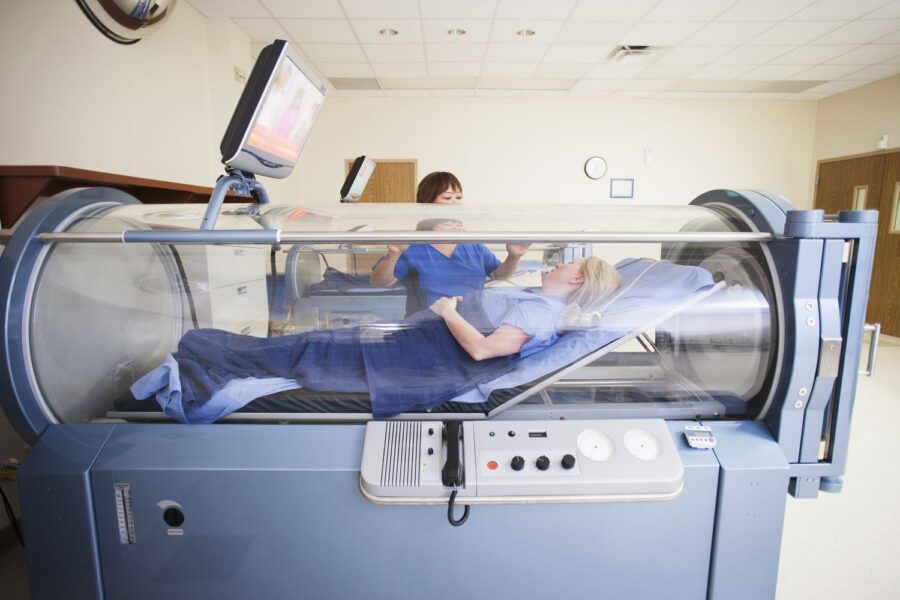
The interest in HBOT within the context of sports recovery is growing, fueled by ongoing research and anecdotal evidence of its benefits.
As more studies are conducted, we may witness a broader acceptance and integration of HBOT in sports medicine, not only for elite athletes but also for the non-professional sports community.
This potential expansion, however, hinges on increased accessibility, affordability, and a deeper understanding of the long-term effects of this therapy in athletic performance and recovery.
Considering HBOT as an Adjunct to Conventional Care
For non-professional athletes, HBOT should be seen as a complementary tool in their arsenal of recovery strategies. While its potential benefits are substantial, it’s most effective when used alongside established practices such as nutrition, rest, and physical therapy.
The combination of these methods can offer a comprehensive approach to wellness and performance enhancement.
Exploring the Future Possibilities of HBOT
The future of HBOT in the realm of non-professional sports is promising. As research continues to uncover its advantages and refine its applications, there’s potential for greater accessibility and affordability.
The growth of HBOT’s role in sports medicine may democratize its benefits, offering a valuable resource to athletes at all levels. However, it’s essential to maintain a balanced perspective, considering both the advantages and limitations of this therapy as it evolves within the sporting community.
Summary
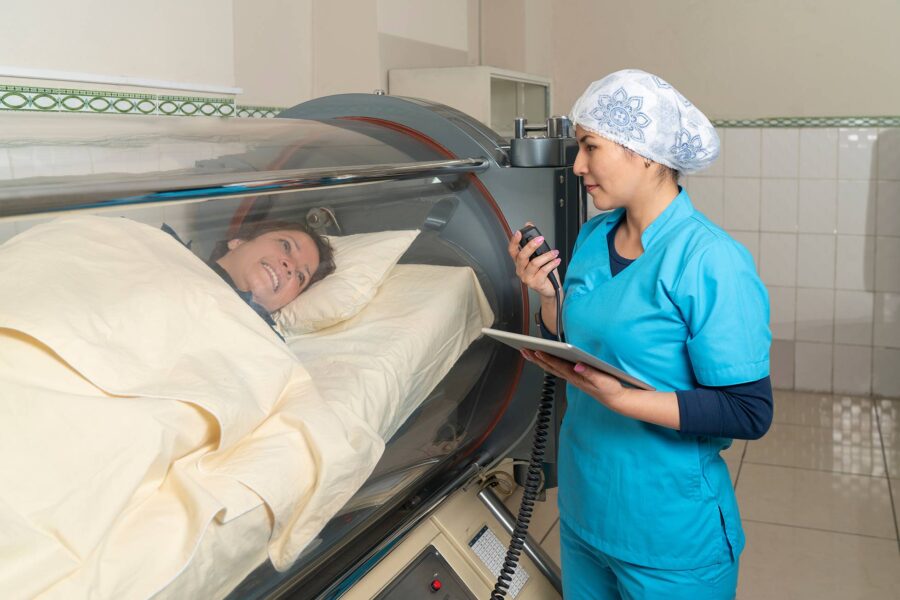
In conclusion, Hyperbaric Oxygen Therapy (HBOT) holds considerable promise for non-professional athletes seeking improved recovery and performance.
Grounded in the principles of physics and biology, this therapy offers a unique pathway to enhance healing and overall well-being. While its benefits are evident, athletes must approach HBOT with informed caution, considering potential risks and costs.
